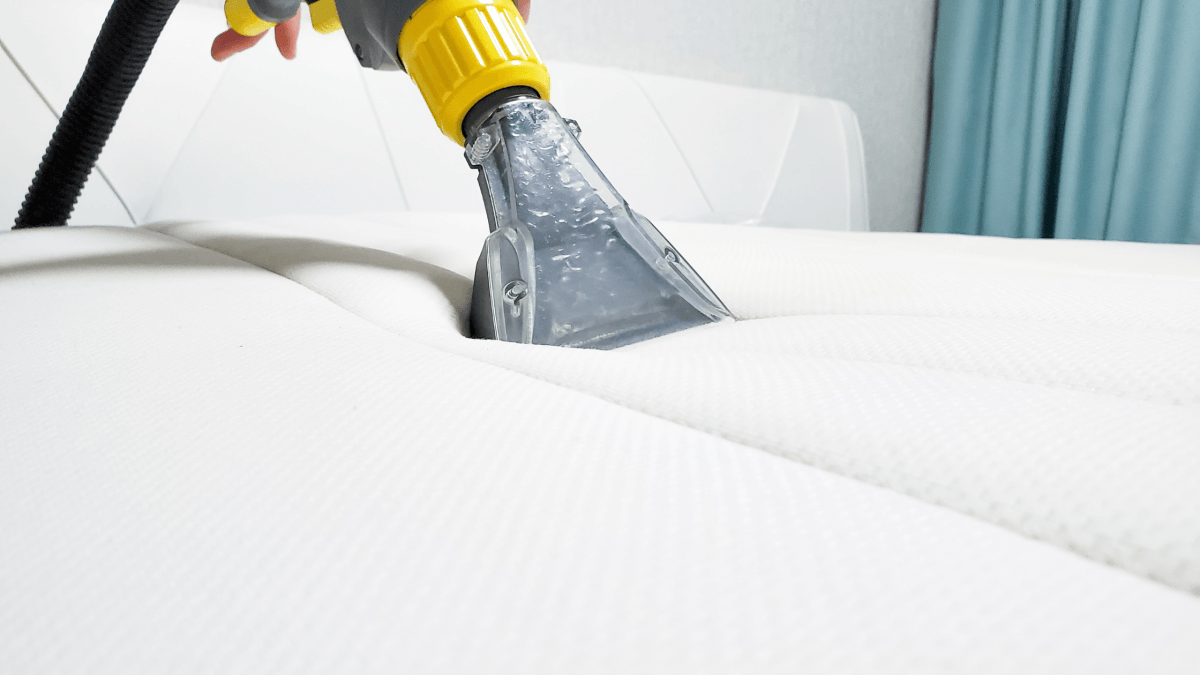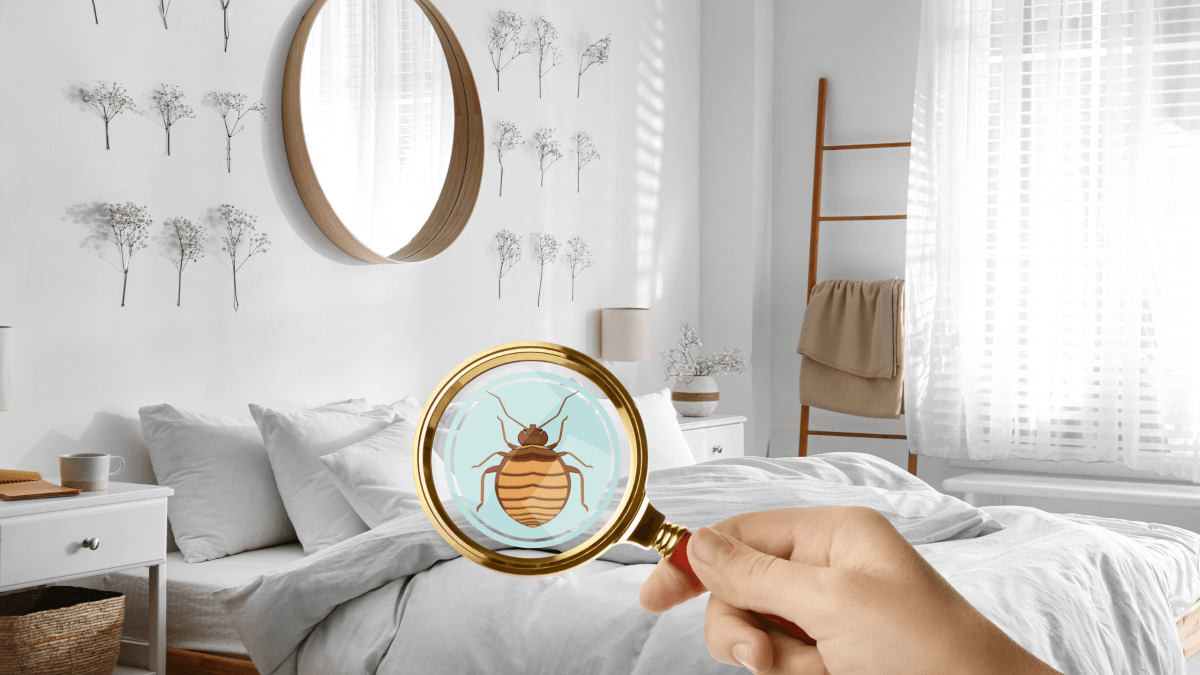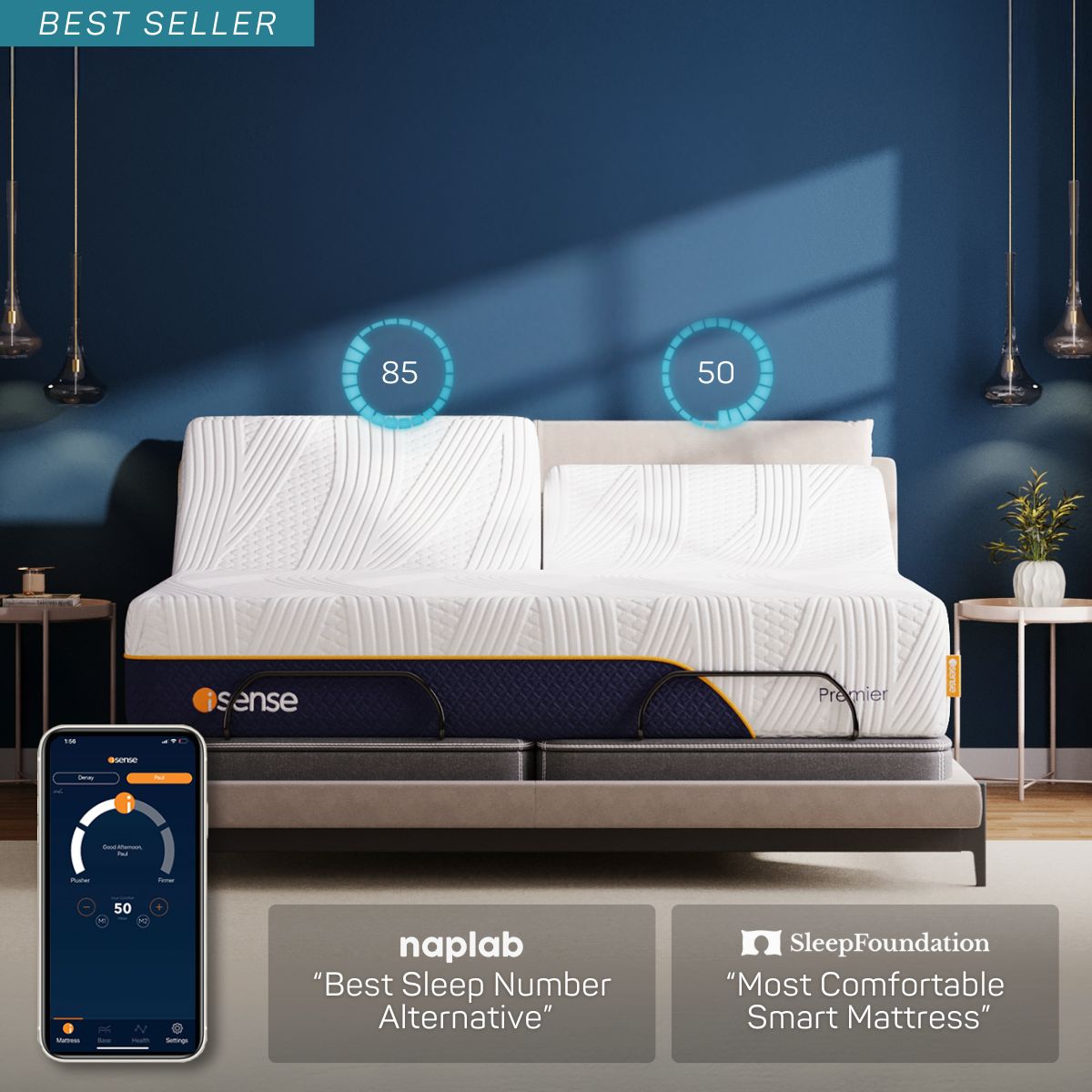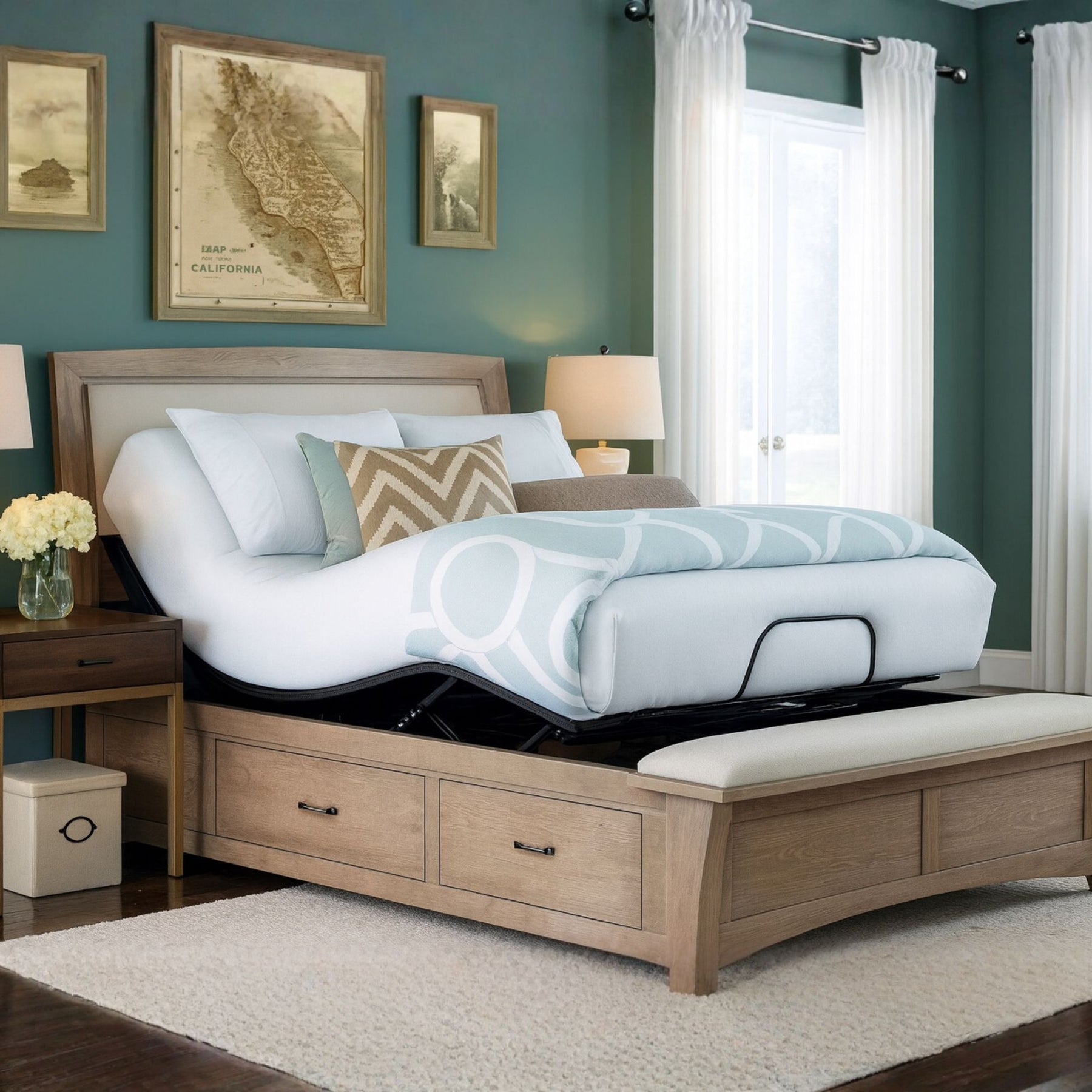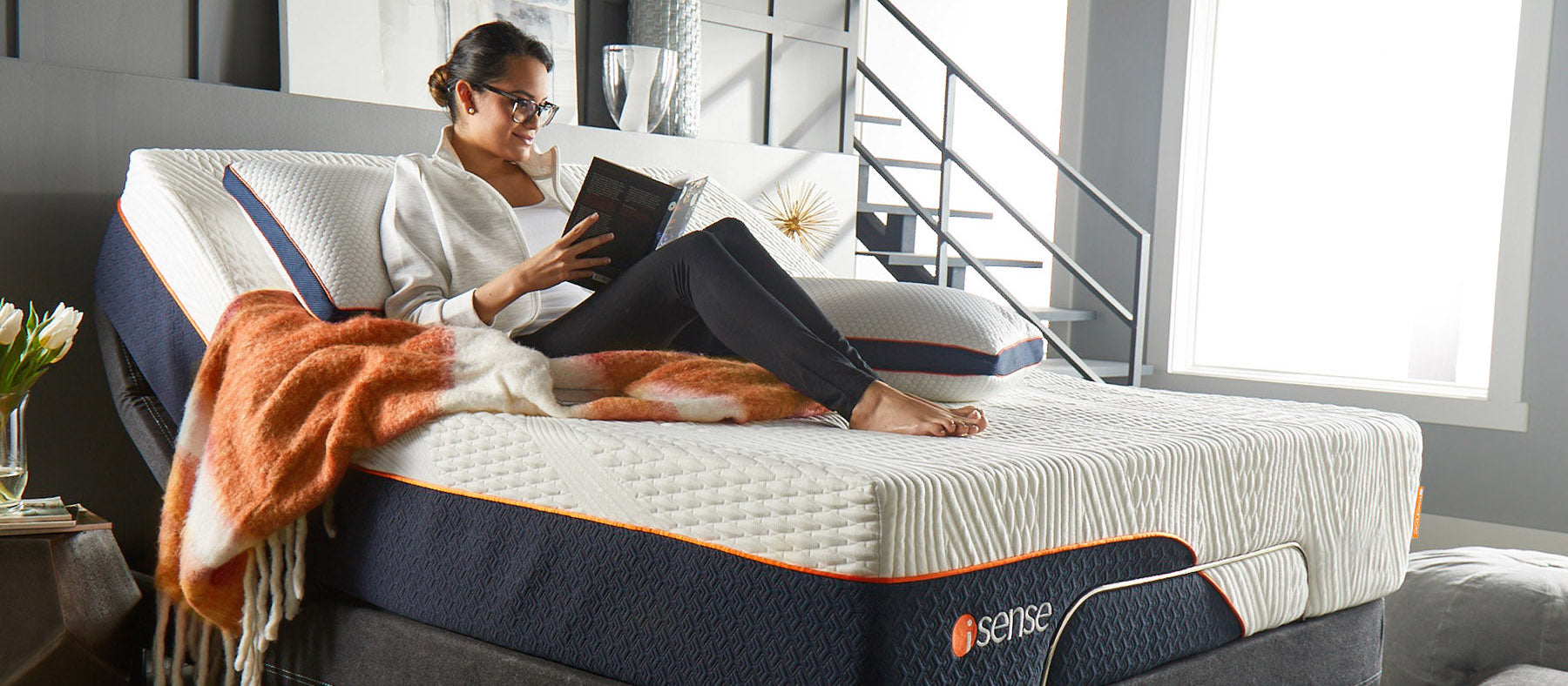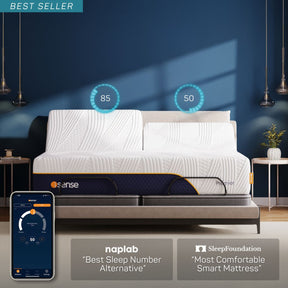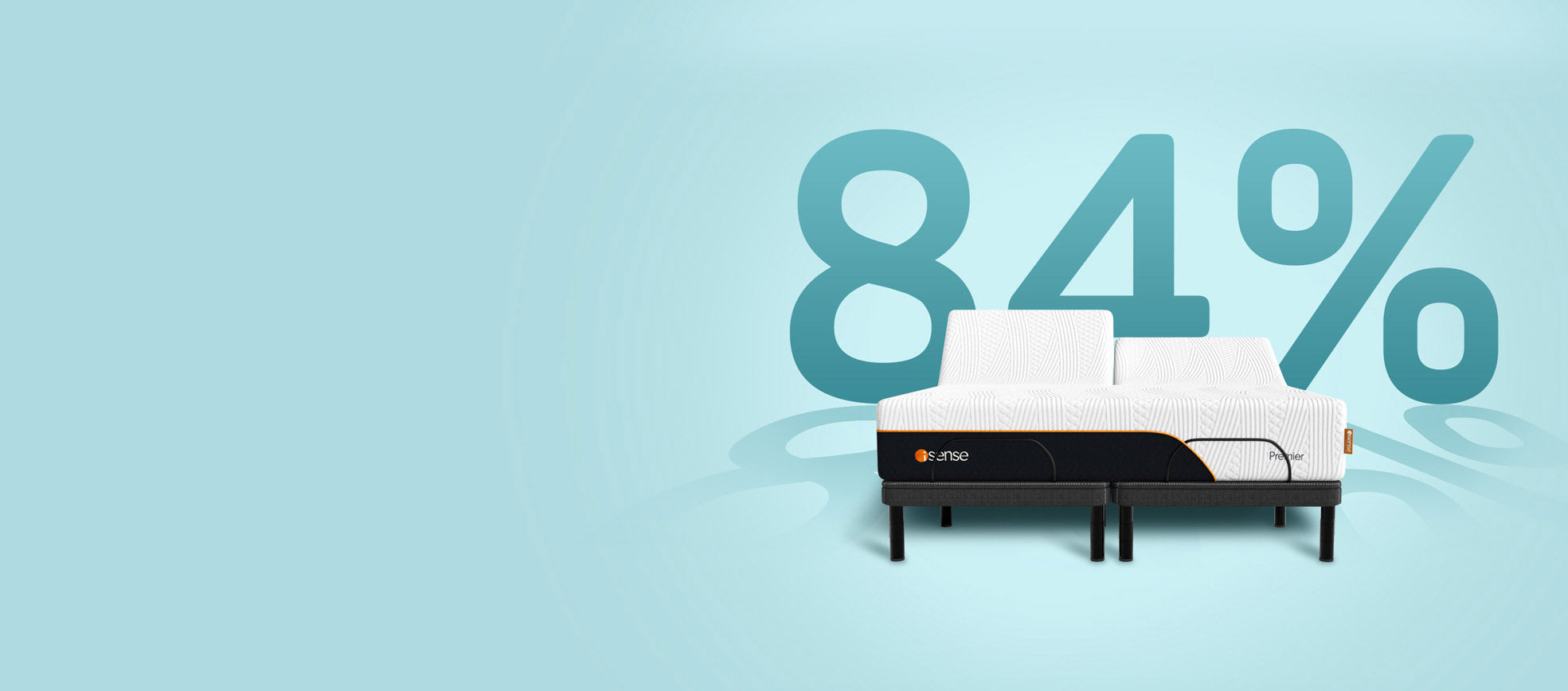The fabric's thread count helps us determine the coarseness or fineness of the material. Its thread count is the total number of warp and weft threads within an inch square of cloth. When the fabric is multi-ply, we count the threads in each extra layer. It doesn't matter if you have split firmness mattresses or another type, the thread count still matters.
For instance, the thread count of a single-ply sheet set with 200 wefts and 200 warp threads/square inch would total 400.
A low thread count indicates that the fabric is either overly thick or loosely woven, making sheets feel rough. Hence thread count is essential for bedsheets specifically.
To an extent, sheets with more threads per square inch seem softer.
For measuring thread count, only single-ply cotton fibers are suitable. Non-cotton fibers like polyester are very thin and may produce thread counts in the thousands without feeling nearly as soft as a lower cotton thread count. Therefore, most linen manufacturers use multi-ply thread to increase their thread count numbers.
According to many textile experts, here is a breakdown of the ideal thread count ranges for different types of fabrics.
- Bamboo: 300-500
- Cotton: 200-400
- Egyptian Cotton: 300-400
- Percale Weave: 200-400
- Sateen Weave: 300-600
How do We Measure Other Fabrics
Shopping may get tricky if the material uses something other than thread count. For instance:
Silk: We measure silk in momme. A silk fabric that is 45 inches by 100 yards weighs one momme. The range for high-quality silk sheets is 17 to 22 momme.
Microfiber: We measure it in GSM. The range for good-quality Microfiber is 90 to 120 GSM.
Flannel: Like Microfiber, we measure flannel in GSM also. GSM means grams per square mete. Durable and heavyweight flannel sheets start from 170+ GSM.
Jersey: Another type of fabric that is measured in GSM. Most jersey cotton sheets are roughly 150 GSM.
Low vs. High Thread Count
Conventionally, thread count helped consumers compare products from various brands. But, unfortunately, it is now generally used as a marketing gimmick. That's why we may only sometimes receive sheets of greater quality just because they have a higher thread count.
Here's why: Manufacturers can inflate their thread counts. This tactic enables producers to increase their profits while reducing production expenses.
The truth is that when choosing the ideal set of brand-new sheets, thread count is insignificant. Remember that cotton quality and skill are more important than thread count.
Important Factors to Consider When Choosing Sheets
High thread counts and using the finest yarns make the best luxury sheets. Here are some significant factors to consider when choosing high-quality sheets.
Construction of the Fabric: Percale and sateen are the two most widely used materials for sheet fabric production. Manufacturers of linens use a ‘four threads over one thread’ satin weave for sateen sheets and a ‘one thread over one thread’ plain weave for percale sheets. As a result, percale bed linens are exceptionally breathable and have a crisp texture.
Thread count: Single-ply cotton sheets with a thread count of 200 to 400 are the best for bedding. These sheets feel thinner and smoother than thread counts above or below this range.
Sateen sheets are less long-lasting than percale sheets but are silky-smooth to the touch. Also, they have a light sheen and are relatively wrinkle-resistant.
Fiber Content: Premium long-staple cotton with longer cotton fiber threads go into manufacturing the best yarn—these extended cotton fibers aid in maintaining the flat, smooth weave of the warp and weft yarns. The result is a softer, longer-lasting fabric. We consider Egyptian, Supima, and Pima cotton sheets luxurious because of their long-staple cotton fibers.
One of the best feelings in the world is to fall asleep in a cozy and soft bed. So naturally, you want to buy the best sheets to enjoy a truly luxurious sleeping experience. For cool bedding, choose the highest thread count, or you may want a high thread count sheet to stay warm during the chilly winter nights.
Compare the different varieties of bed linens to understand how to select them.
While there is no set thread count for sheets, you can choose the perfect thread count, weave, and fabric for your requirements. For example, a plain cotton sheet is fine for those who prefer a low thermostat. However, sateen can be the best choice if you want to cuddle up in chilly weather.
Focusing on thread count alone often leads to clarity. In truth, it makes up a tiny portion of the equation and is only significant when considering other aspects of the fabric's composition. Manufacturers can also inflate the thread count by considering the "ply" of multi-strand yarn. Hence, it's only sometimes that a higher thread count is better.
Thread counts for cotton typically range from 200 to 800; anything below 200 could be better. The ideal thread count is between 80 and 150 for cotton. However, ore threads can make cloth heavier and less breathable for other fabrics like linen.
Thread count shouldn't just determine the ideal sheets for your bed because other common sheet materials, like jersey, flannel, and silk, use alternate measurement methods.
Final Thoughts
Most people overlook that thread quality is considerably more significant than thread quantity when discussing thread count. Luxury sheets only happen when they have a higher thread count.
You also need the best quality yarns for weaving the sheets perfectly. So, the next time you're looking for sheets, choose between percale and sateen instead of obsessing about thread counts and select the established ranges. Instead of focusing on the thread count, consider the cotton's quality. Cheaper sheets will always be made from short-staple cotton, while all premium-quality sheets are made from single-ply, long-staple cotton.
An ideal thread count for bedding is between 180 and 300. The sheets and duvet covers feel heavier if the thread count exceeds 300. As a result, the airflow around your body will suffocate while you sleep.



